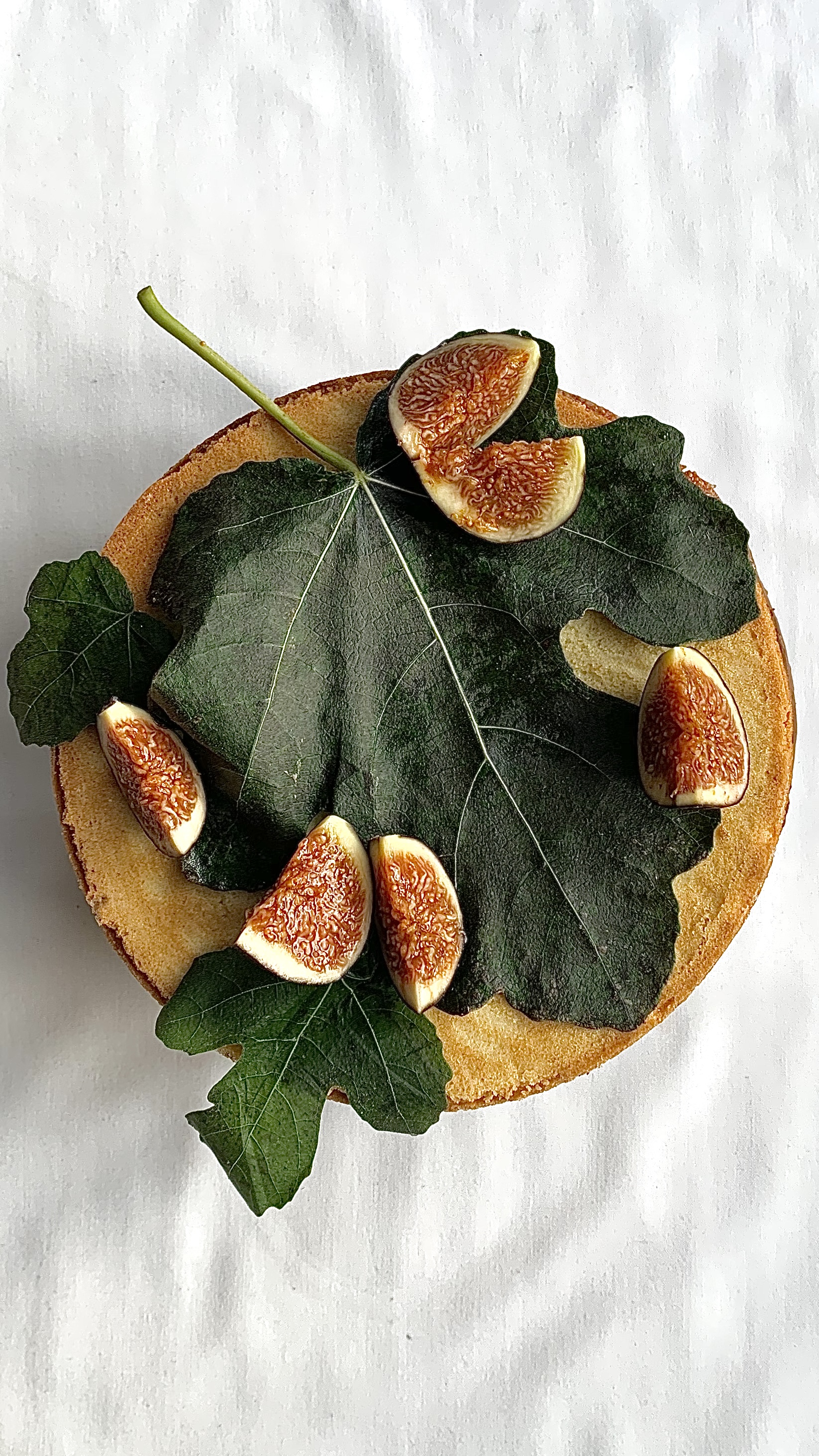The New Gastronome
Shape of my (he)Art
by Laurence Hamdan
by Laurence Hamdan

Spoon
Describing why one likes to cook feels like an exercise in bathos. For some, picking up a spoon for the first time becomes a foray into the cuisine. For others, it is a chain to a merciless craft that whispers in the language of balanced flavors and brings clouded dreams of them untouched. The chain stretches but never breaks. This is passion. And where there is passion, there is also a vision – through the lens of that vision is meant purely for introspection.
 |
 |
In the beginning, comfort is key, and then it becomes a crux. Moving out of that shelter is the first tender step towards creativity: fragile but curious. And it is with enthusiasm that work is first done. After that, the flavors of childhood become the diving board for exploration. In my case, the perfumed flavor of flower waters, lightly spiced desserts, and the expression of oils in bread. Revisiting these flavors as an adult is cathartic: realizing one’s ability to translate memory into reality lies in practice.
Knife
Learning the difference between good food and bad food is a distilled form of pleasure. The pleasure stops when one recognizes the difference between good food and art. This is when the spoon becomes a knife, and the knife cuts and teaches in equal measure. The most important lesson is the art of war and that war is within: the hamartia of ego. Cutting away that fragile piece is savage but essential. The chain becomes lighter, the road to progress seems more apparent, paved with the accepted knowledge of others, and the war becomes the art of doubt.
 |
 |
With the knife, there is also freedom, dishes with greater variety are on the table of discovery, and much work is needed in terms of technique. Those classic flavors, tied up in recipes, feel restrictive. The seams of the untouchable fray as the temptation to play grows.
Fork
The ad infinitum puzzle of food creation has many moving parts: not all can be moved simultaneously; some must not be touched, while others can be removed or added. The goal is to reach the palette with all the intentions from the inception. There is neither winner nor loser; it is a non-zero-sum game that can be played repeatedly.
 |
 |
Then, the importance of beauty arrives like the sound of distant drumming. It seems frivolous at first, shallow, and then suddenly it isn’t. Bringing the fork to the mouth is the final act, but the performance is on the plate, and this delicate element is the most authentic expression of one’s character in food. Colour, design, shape, and form illustrate one’s expanded vocabulary, understanding that the ever-elusive ‘originality,’ always desired in creation, is limited by its outward expression on the plate. Learning to shape dreams into tangibility is part of the apprenticeship of this craft.
Hand
There is life within ingredients. Preparation is treatment; through this, one discovers that the hand is for resuscitation. Adroit movements give a second life to dormant food – and those clouded dreams of the untouched materialize into reality. Manoeuvre, lightness, strength, heat, and cold are in the arsenal and must be moderated. The old virtue of patience, and its twin, time, lingers. The results, though, are noble. There is beauty in working with pastry, feeling a pulp of ingredients reincarnate beneath one’s palms. The texture becomes the game’s name in this field, and endless adjustments lead to subtly bold differences.

Food is a circle — Never ending or beginning, except in the limits we put. The circle completes in discovering how to animate ingredients, and another orbit commences.
 |
 |
The opinions expressed in the articles of this magazine do not necessarily represent the views of
The New Gastronome and The University of Gastronomic Sciences of Pollenzo.